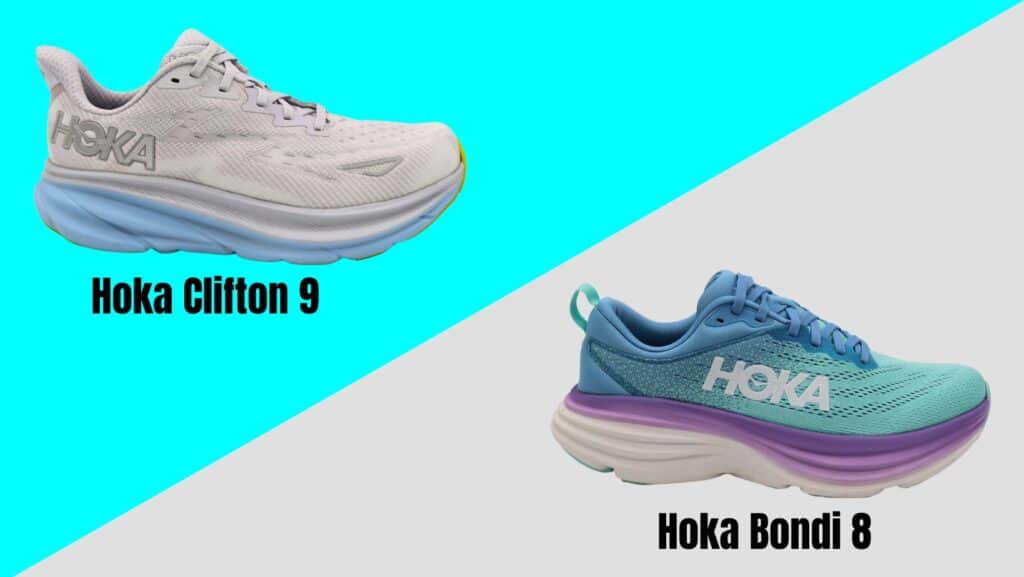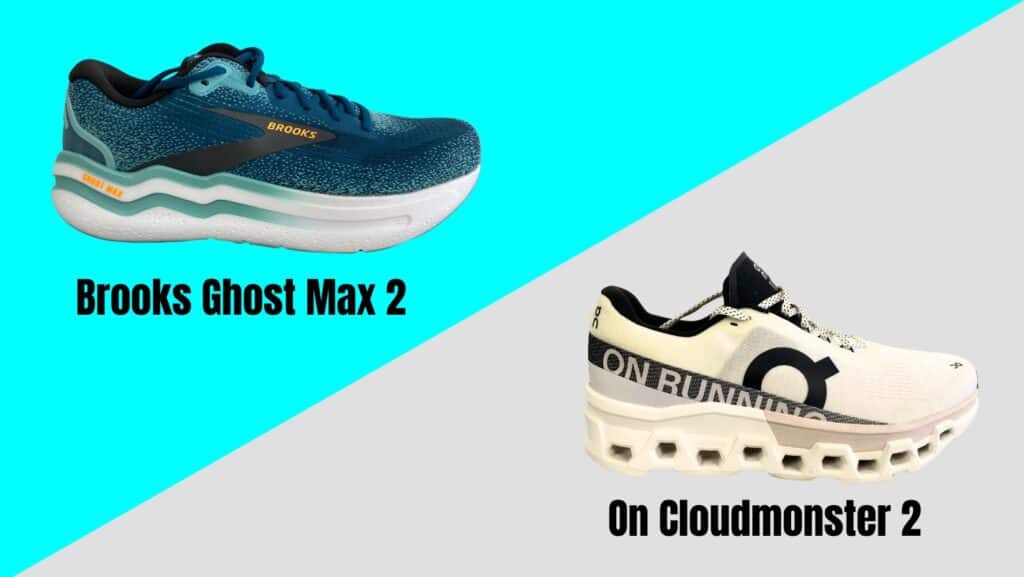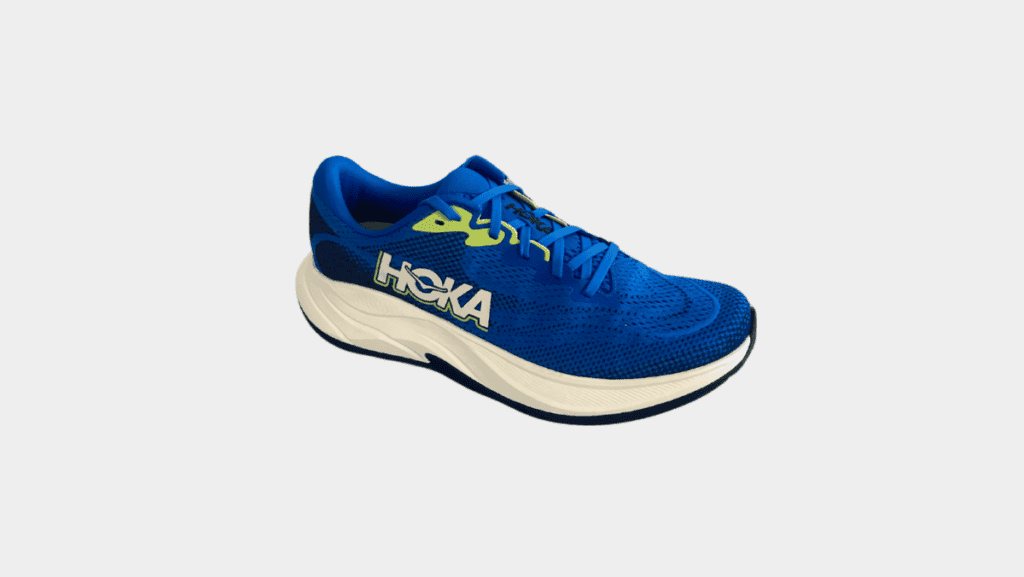Today, we will compare the Hoka Bondi 8 and the Hoka Clifton 9. We’ll discuss the different weight drops, how the shoes feel, and their performance. Hopefully, by the end of the article, you will better understand what shoe might work best for you.
Specifications
So, first of all, we will start with the Bondi 8. It’s got 39mm in the rearfoot stack and 34mm on the forefoot, providing a 5mm drop, whereas the Clifton 9 has a lower stack height of 32mm in the rearfoot and 27mm in the forefoot, also providing a 5mm drop. It’s slightly lighter in the Clifton 9, so for a Men’s 9 US, it’s approximately 247g, whereas for the same size in a Bondi 8, it’s 306g. You get a bit of additional weight due to the extra stack height in the Bondi 9.
Fit
Hoka has changed this slightly regarding the fit on top, as they’re historically known for having a tight and snug fit in the forefoot. I think in both of these models, they’ve tried to widen it a little bit, but we still found it was quite snug around our big toe, so if you’ve had trouble in the past with Hokas width, then I’d recommend getting the wider version or slightly half size up. Otherwise, they’ve done a good job keeping it nice, comfortable, and snug in the heel to midfoot.
They both have padded tongues, which are non-gusseted, but the laces interlink between the tongue, so it tends to keep it in place. We found the lockdown to be quite good. Both collars are quite cushioned a little bit, with more cushioning on the Clifton, and it comes up a bit higher where it is a bit lower on the Bondi 8. So, if you have any history of irritation with a lower collar, just be aware. It has a nice pull-on tag with the Bondi 9 that doesn’t come with the Clifton.

Performance
The main thing is the performance; they’re very different and feel underfoot in each shoe. Historically, with the Bondi 8, due to the high stack height, it was quite a heavy, non-resilient foam, so it felt like you were walking on the cloud or running on a cloud, which was really comfortable but not very much push-back or spring. In contrast, the latest model gives you a bit more pushback and a bit more feed feedback into your foot. Hence, we found that it was quite nice for easy runs but not fast enough for uptempo work. It was good for recovery and daily runs.
The Clifton 9 is known as Hoka’s neutral daily trainer, so it’s slightly lighter and more responsive. It gives you that spring as you push back into the shoe, so it’s really good for propulsion, especially with its early rocker and nice heel bevel. I would say it’s more known for being a daily running shoe. It can do some uptempo runs, but the Hoka Bondi 9 is more for recovery and easy runs.
Verdict
So overall, these are two great shoes. If you’re looking for a bit more maximal cushioning, then we look at the Bondi 8. If you’re looking for a bit more responsive daily trainer, then we look at the Clifton 9.
If you’re looking for a more performance shoe than the Clifton 9, see how it compares to the Hoka Mach 6.
If you have any questions about the shoes, please leave them in the comment section below.


